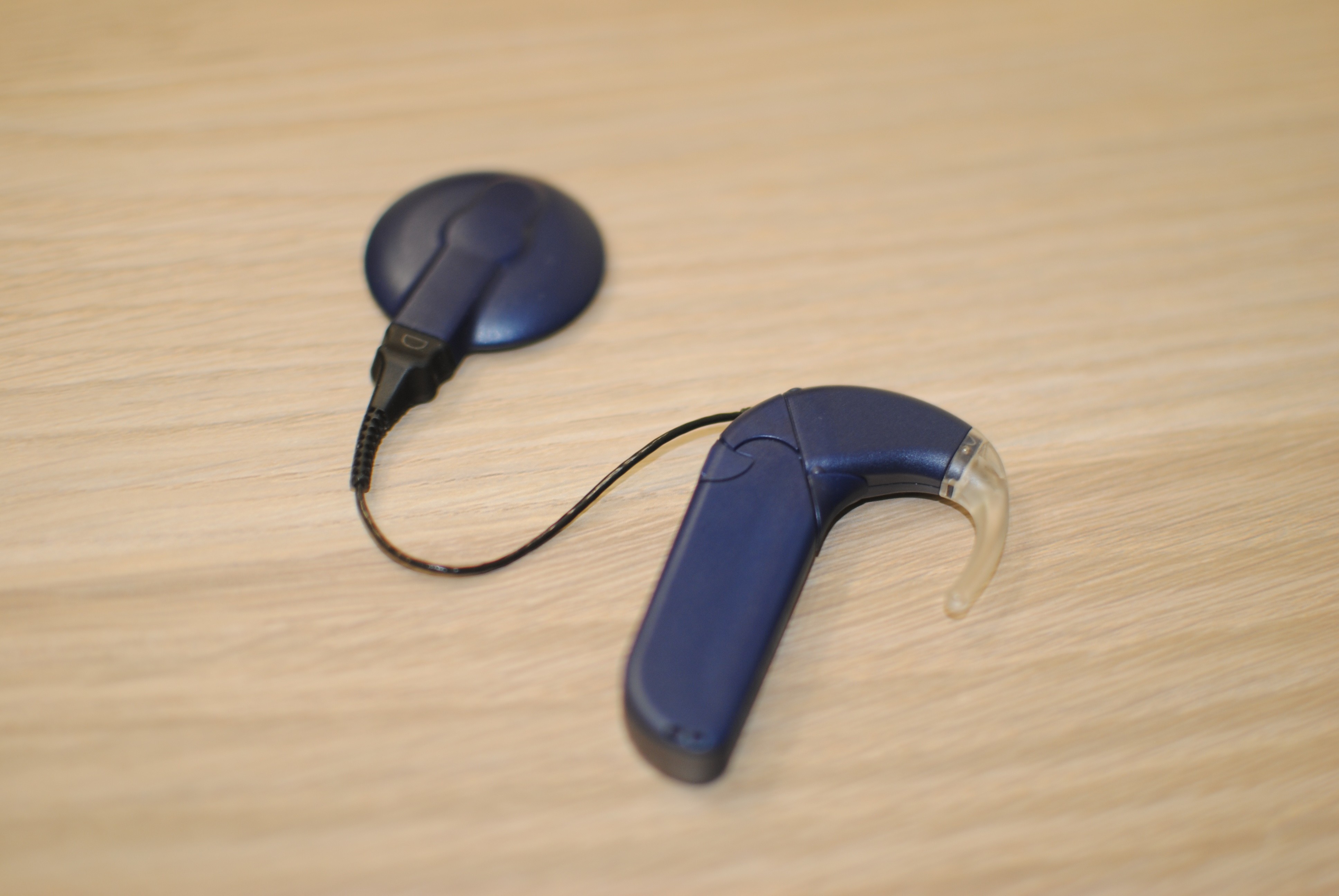
Why Comprehensive Matters
Many clinics offer standard hearing tests that only scratch the surface of your auditory capabilities. Our Comprehensive Hearing Assessment, however, dives deeper to explore the nuances of your hearing and ear-to-brain connection.
This thorough approach ensures that whether you are experiencing early signs of hearing loss, tinnitus, or other auditory difficulties, your unique hearing needs are met with professional assistance and recommendations.
The Assessment Process: What to Expect
We are a dynamic team of dedicated professionals, each contributing diverse skills, unique experiences, and a shared passion for innovation, excellence, and impactful results in every project we take on.
Detailed Testing
Using state-of-the-art diagnostic tools, our experienced audiologists conduct a series of tests. These assess not only your hearing levels but also how well you process speech in various environments.
Comprehensive Evaluation
After testing, results are analyzed to create a complete profile of your hearing health. This includes identifying any hearing loss, potential causes, and suitable interventions.
Why Choose Longmont Hearing and Tinnitus Center for Your Hearing Needs?
Expert Audiologists
With a team renowned for redefining audiological best practices, you can trust that you are receiving the highest standard of care.
Patient-Centered Approach
Every step of our assessment process is designed to put you first - ensuring decisions are made with your comfort & confidence in mind.
Community-Focused Care
As an independent family-owned practice, we prioritize relationships and community engagement, to support you & the community in achieving better communication and quality of life.













